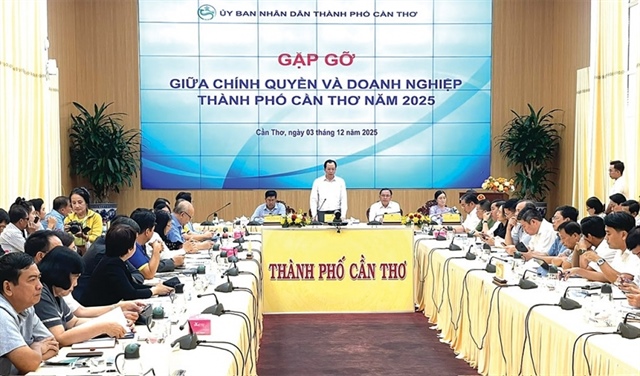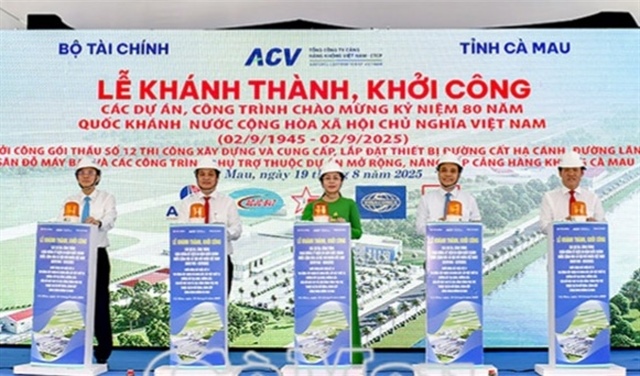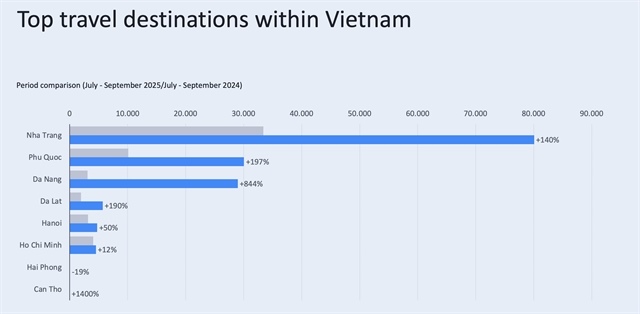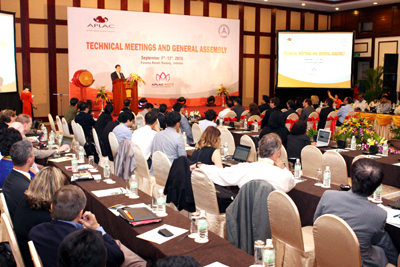Eager Japanese investors await improved policies
Eager Japanese investors await improved policies
Vietnam is missing opportunities to lure more Japanese investments due to numerous hurdles, several business people insisted.
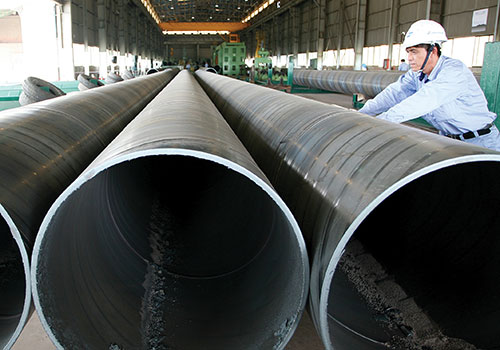
Tran Ngoc Phuc, president of Metran Company Limited (Metran), a maker of medical equipment and machines, told VIR that it took his firm over six months to obtain an investment certificate for a Metran project in the southern province of Binh Duong “due to bureaucratic hurdles”.
“It usually takes six days to get a certificate in Japan,” he said.
Japanese External Trade Organization’s (JETRO) newly-appointed chief representative in Vietnam, Atsusuke Kawada, told VIR that the difficulty in obtaining investment certificates was among many obstructions facing Japanese enterprises seeking to do business in Vietnam.
He said the difficulties also included slow site clearance, poor transport infrastructure, duplication of many papers needed under the e-customs system and overtime work restrictions that affected enterprises’ performance.
Hirota Nakanishi, assistant director of Tokyo-based ASEAN-Japan Centre’s Trade and Investment Division, said slow site clearance had deterred Japan’s Oshima Shipbuilding’s $182 million shipyard project in the central province of Khanh Hoa’s Cam Ranh city. The project was licenced in March 2012, scheduled to commence during 2012-2013, and projected to be operational by 2017.
Nakanishi added that steelmaker Koberuco’s possible steel production project in the central province of Thanh Hoa had been licenced for several years. However the project is static due to slow site clearance, despite the Japanese side has urged local authorities many times.
“These two delayed projects are among many facing the same fate,” Nakanishi said. “Vietnam is missing opportunities to bring in more Japanese investments, while many other regional nations are doing their best to attract Japanese investments.”
According to the Tokyo-based ASEAN-Japan Centre, Japanese investments into Vietnam amounted to only 9 per cent ($95 billion) of Japan’s total investment into ASEAN member states during 1995-2012.
Japan’s ASEAN investments were 18, 11 and 10 per cent respectively for Indonesia ($196 billion), Malaysia ($113 billion) and the Philippines ($106 billion). The rate was 22 and 30 per cent for Singapore ($237 billion) and Thailand ($314 billion).
Hirokazu Yamaoka, JETRO’s former chief representative in Vietnam, said that since early this year, Japanese investments in China declined significantly for many reasons.
“Japanese enterprises are pouring investments into Southeast Asia including Vietnam. But they are strongly considering the different investment incentives offered by these nations,” Yamaoka said, adding that Japan remained among the top foreign investors in Vietnam, but Japanese enterprises were not satisfied with the country’s supporting industries.
JETRO’s recent survey of more than 8,000 Japanese enterprises operating in Asian countries showed that only 27.9 per cent of Japanese enterprises in Vietnam could source locally-made components. While the percentages in Indonesia, Thailand and China were much higher, at 43, 53 and 60 per cent, respectively.
“Vietnam should know what is the most important to its industrial development strategy now and then have good selections of investors. I think the country should now focus on luring high technologies which are a very strong point of Japanese enterprises. This mindset has been applied successfully by Singapore,” Nakanishi said.
vir


